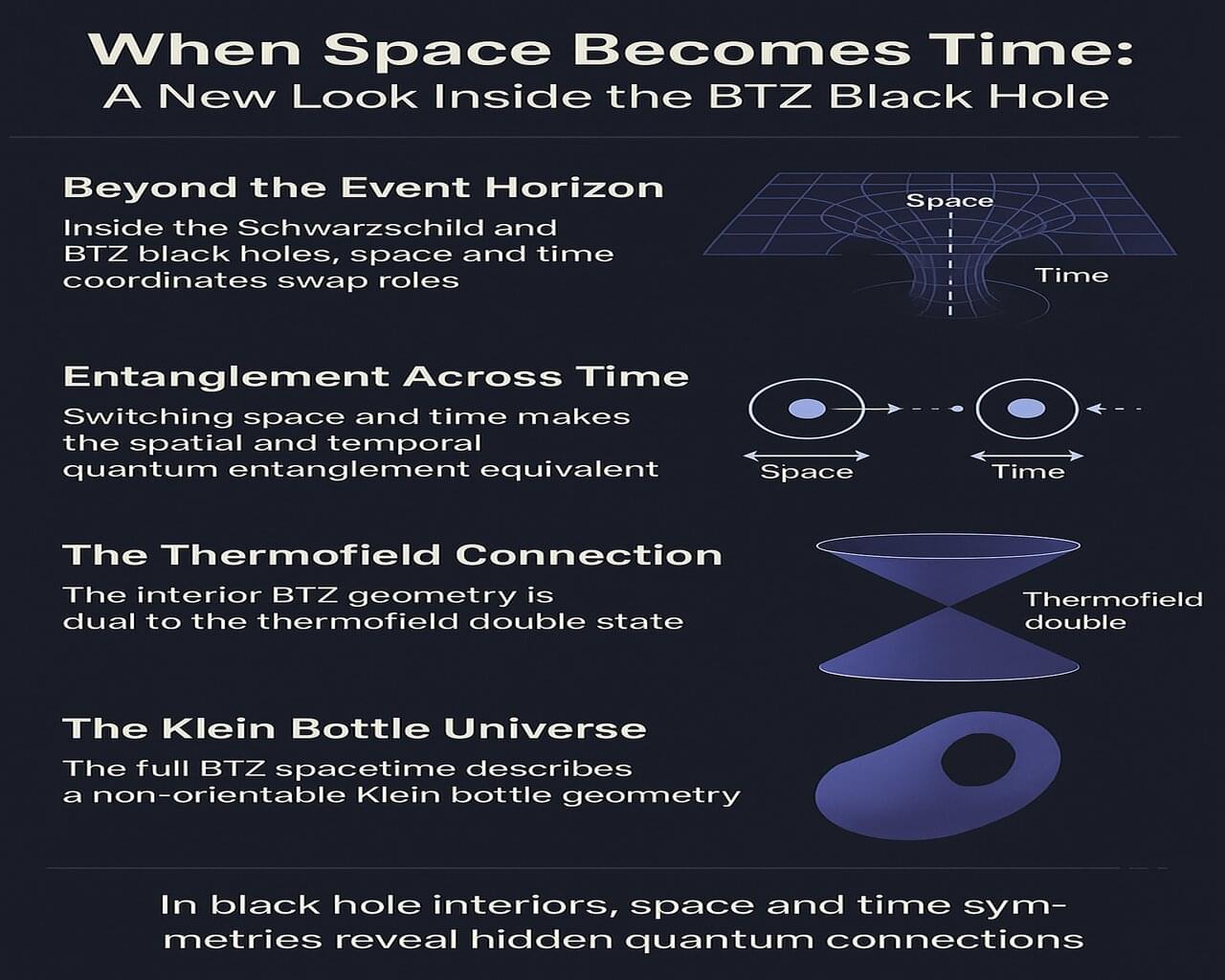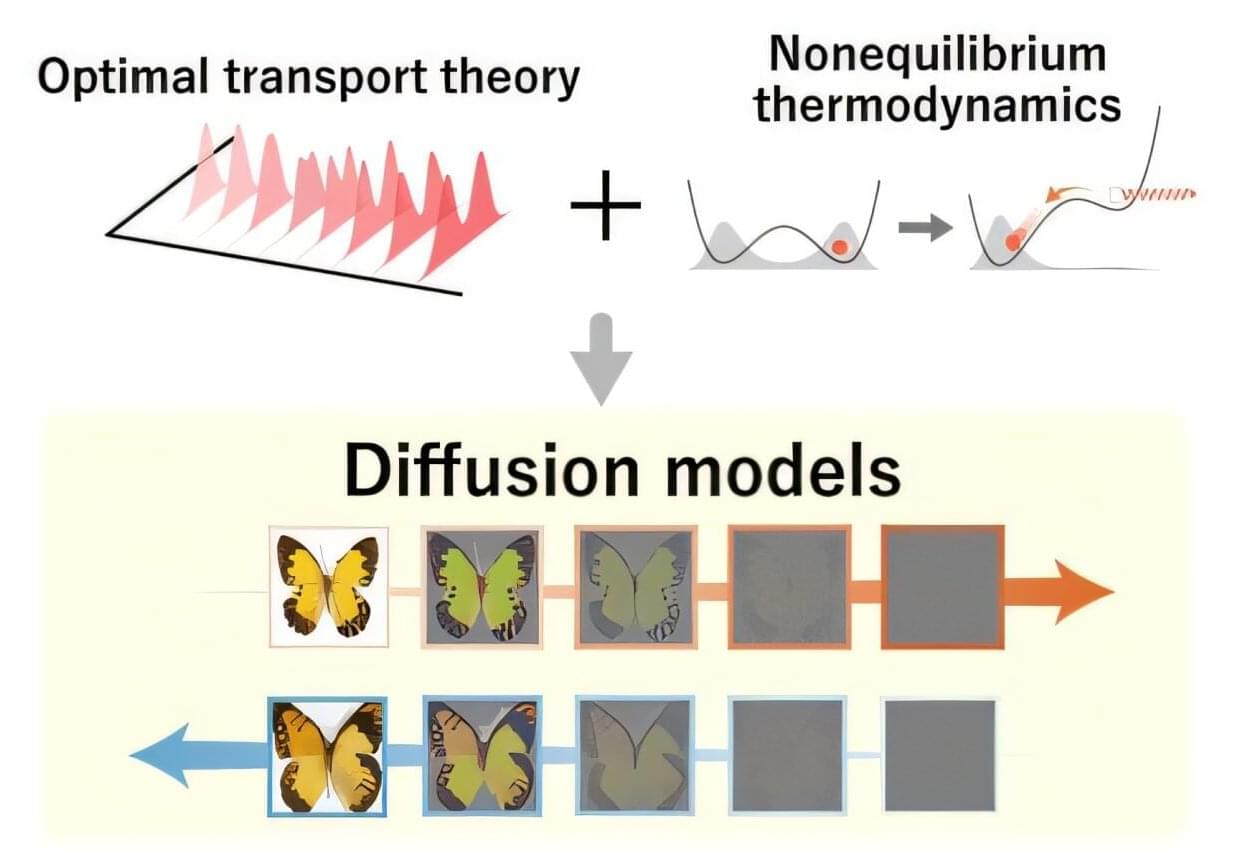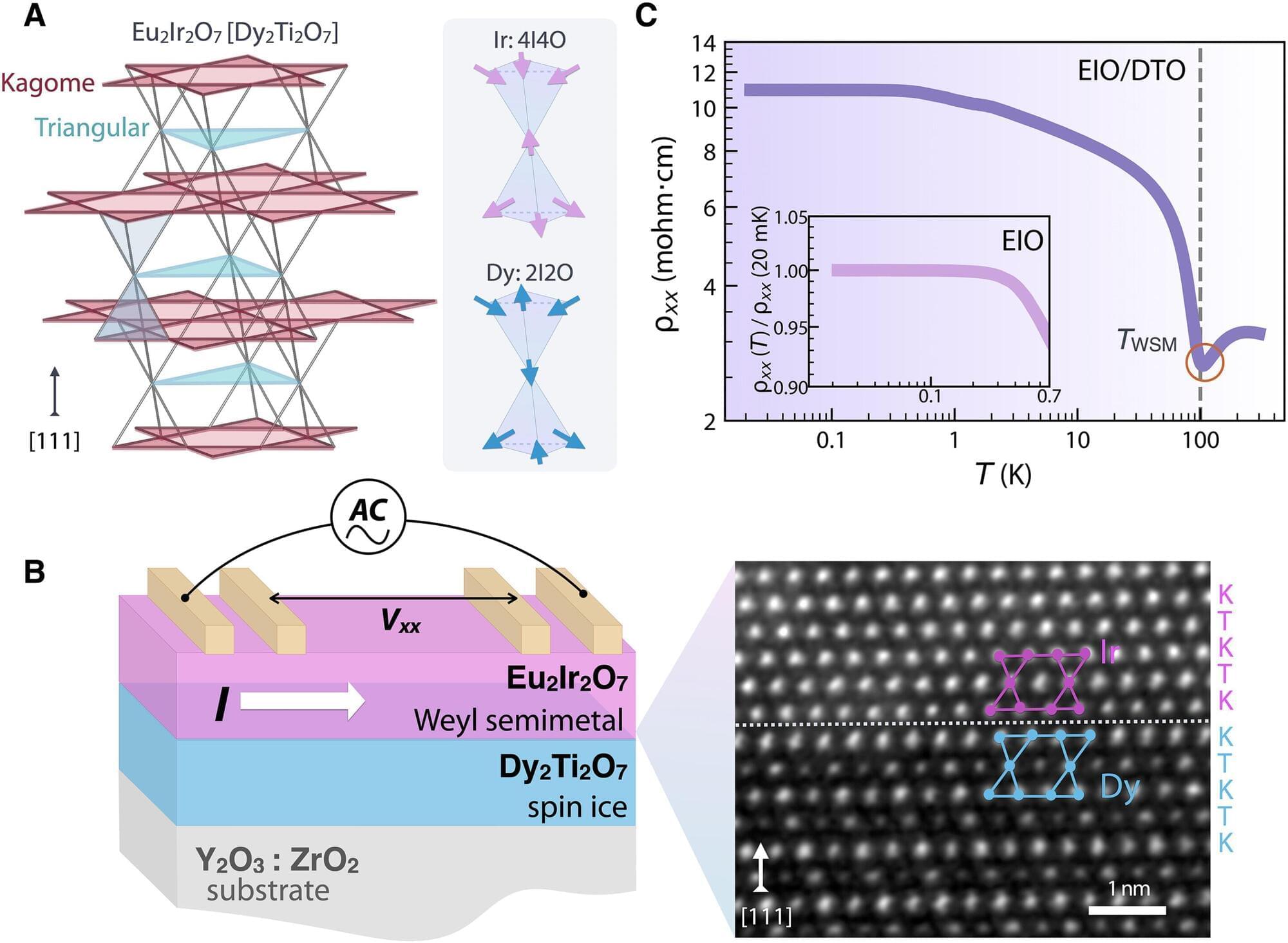A research team at the Politecnico di Milano has developed an innovative single-atom catalyst capable of selectively adapting its chemical activity. This is a crucial step forward in sustainable chemistry and the design of more efficient and programmable industrial processes.
The study was published in the Journal of the American Chemical Society.
This achievement is novel in the field of single-atom catalysts. For the first time, scientists have demonstrated the possibility of designing a material that can selectively change its catalytic function depending on the chemical environment. It involves a sort of “molecular switch” that allows complex reactions to be performed more cleanly and efficiently, using less energy than conventional processes.









